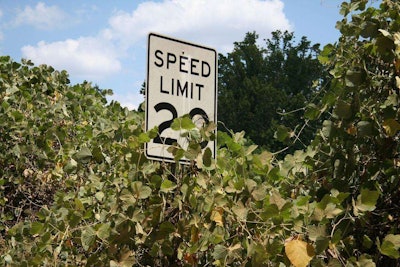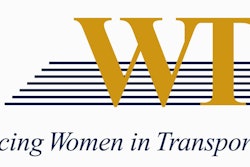 (Photo: bama spirit / Flickr)
(Photo: bama spirit / Flickr)Let’s say you want to set a speed limit of 20 mph on a neighborhood street. You need an engineering study and a traffic study, right?
No.
Not in Washington State.
A new Neighborhood Safe Streets Bill empowers cities and towns to set lower maximum speed limits without going through those studies.
This report comes from a very happy Alliance for Biking and Walking, and it points out that “under the new law, cities and towns will be free to develop their own procedures for lowering local speed limits, creating an additional safety tool for local governments’ toolboxes to build safer, more livable communities.”
Lowered costs and more regional and local rights are cited as being some of the influences in this case. But the Bill may also well be an example of “goalpost movement.” We are seeing constant examples of encroachment from what we might call non-motoring interests in transportation infrastructure work that was once the almost exclusive bailiwick of the usual transportation infrastructure suspects.
Biking, hiking, walking and running interests in our community are increasingly influential in the work of planning, designing, building and managing our roadways (something the current administration in Washington is aggressively encouraging). There’s something tidal about this – it’s a rising tide and its not going back.
Our highway and road building industries need that very American quality–an ability to move with the times.









